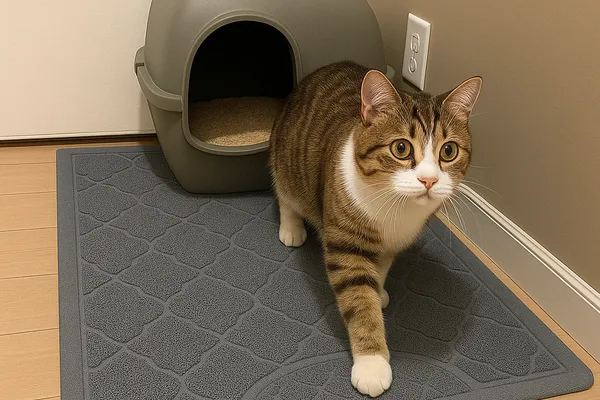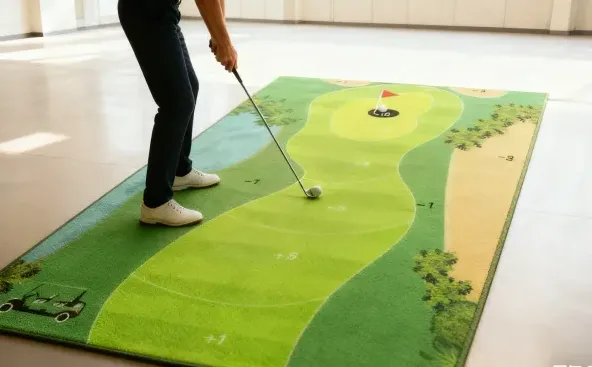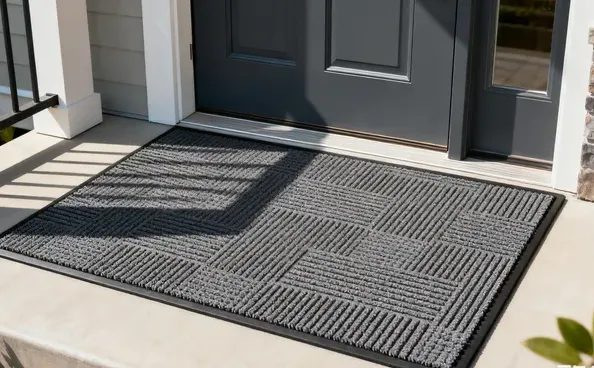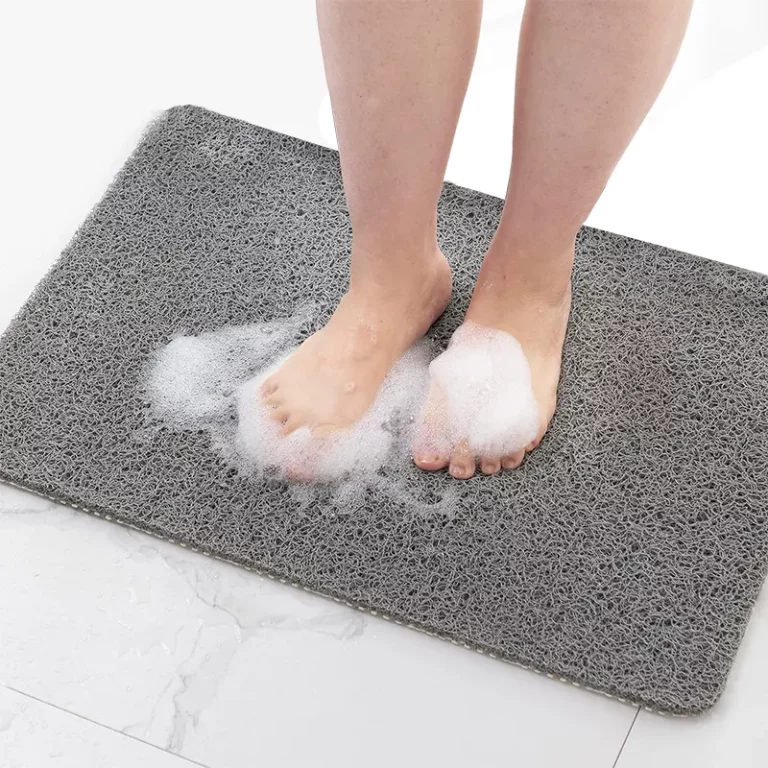Choosing the Best Chair Mat for Your Office Chair: A Complete Guide
Are you tired of struggling with your office chair on your carpet or hard floor? A chair mat might be the perfect solution. In this guide, we’ll explore everything you need to know about chair mats, from selecting the right mat size and material to understanding how they protect your floors and improve your workspace. Read on to find the best chair mat that suits your needs and enhances your office experience.
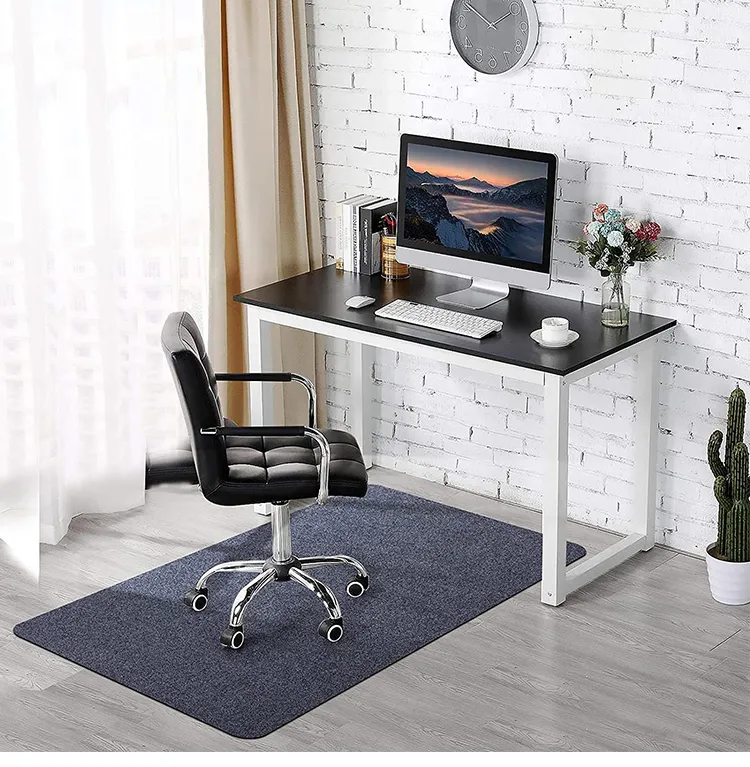
Table of Contents
Why Do You Need a Chair Mat?
A chair mat is more than just an office accessory; it’s a practical addition that can make your workspace more efficient and protect your floors.
Benefits:
- Floor Protection: Prevents scratches and damage caused by chair casters on both carpet and hard floor surfaces.
- Ease of Movement: Provides a smooth surface, allowing your office chair to roll effortlessly.
- Ergonomic Support: Reduces strain by making it easier to move around your desk.
Did you know? Using a chair mat can reduce the physical effort required to roll your chair by up to 80%.
Types of Chair Mats: Carpet vs. Hard Floor
Choosing the right chair mat depends on the type of floor you have.
Chair Mat for Carpet
- Features:
- Cleated Backing: Small spikes grip the carpet to keep the mat in place.
- Thickness: Varies based on carpet pile (low, medium, high).
- When to Use:
- On low pile carpet, a thinner mat suffices.
- For high-pile carpet, select a thicker mat to prevent sinking.
Chair Mat for Hard Floors
- Features:
- Smooth Backing: Prevents scratches on the floor surface.
- Non-Slip Surface: Keeps the mat from sliding around.
- Suitable Surfaces:
- Hardwood floors
- Laminate
- Tile
Tip: Always match your chair mat to your floor type for optimal performance and protection.
How to Choose the Right Chair Mat Thickness
The thickness of your chair mat plays a crucial role in its effectiveness and durability.
For Carpeted Floors
- Low Pile Carpet (up to 1/4″):
- Mat Thickness: 0.085″ to 0.125″
- Example: Ideal for thin office carpets.
- Medium Pile Carpet (up to 3/4″):
- Mat Thickness: 0.125″ to 0.200″
- Example: Standard home carpets.
- High Pile/Shag Carpet (over 3/4″):
- Mat Thickness: Over 0.200″
- Example: Plush or frieze carpets.
For Hard Floors
- Standard Thickness:
- Mat Thickness: 0.075″ to 0.125″
- Note: Thicker mats can provide additional cushioning.
Why It Matters: A mat that’s too thin may crack or dent, while one that’s too thick can be cumbersome.
Selecting the Best Material for Your Chair Mat
Chair mats come in various materials, each offering different benefits.
Common Materials
- Polycarbonate
- Pros:
- Durable and long-lasting.
- Clear and won’t discolor.
- Suitable for both carpet and hard floor.
- Cons:
- Higher cost.
- Pros:
- PVC (Vinyl)
- Pros:
- Affordable and lightweight.
- Flexible and easy to move.
- Cons:
- May discolor over time.
- Not as durable as other materials.
- Pros:
- Glass Chair Mats
- Pros:
- Extremely durable.
- Elegant appearance.
- Scratch-resistant.
- Cons:
- Heavy and more expensive.
- Requires careful placement.
- Pros:
- Rubber
- Pros:
- Anti-slip properties.
- Good for hard floor protection.
- Cons:
- Less common for chair mats.
- May not offer smooth rolling.
- Pros:
Consider Your Needs: Balance cost, durability, and aesthetics when selecting your chair mat material.
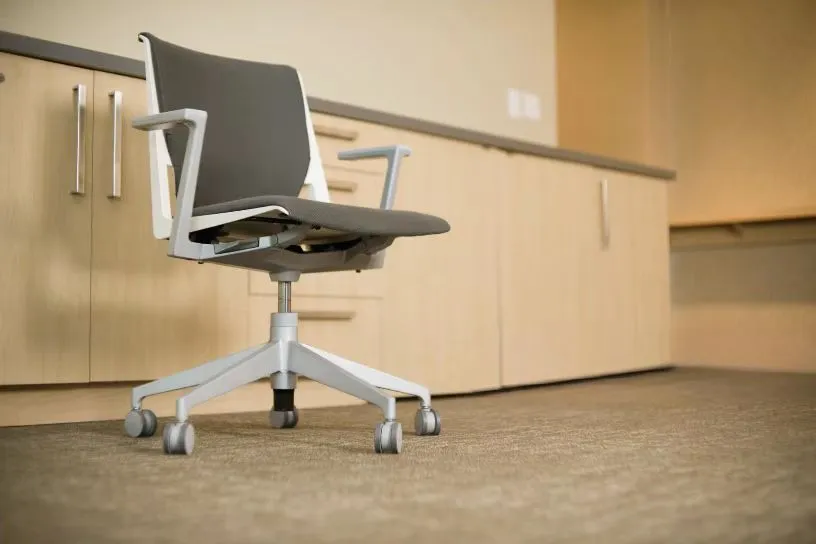
Understanding Chair Mat Sizes and Shapes
Choosing the right mat size and shape ensures optimal coverage and functionality.
Mat Sizes
- Common Dimensions:
- 36″ x 48″: Suitable for smaller workstations.
- 45″ x 53″: Standard size for most desks.
- 60″ x 60″ or larger: For extended or L-shaped desks.
Tip: Measure your workspace and consider the area your chair moves in to determine the best fit.
Mat Shapes
- Rectangular
- Best For: Open areas without obstructions.
- Features: Simple and versatile.
- Lip Shape
- Best For: Desks with modesty panels.
- Features: Extension (lip) fits under the desk, protecting the floor beneath.
- Contoured
- Best For: L-shaped or corner desks.
- Features: Designed to fit around furniture.
- Custom Shapes
- Best For: Unique office layouts.
- Features: Made to specific dimensions.
Select Based on Your Office Setup: The mat shape should accommodate your workspace and allow free movement.
Glass Chair Mats: Are They Worth It?
Glass chair mats are becoming increasingly popular due to their durability and stylish appearance.
Advantages
- Durability: Made from tempered glass, they resist scratches and dents.
- Aesthetics: Clear and sleek, they enhance the look of your office.
- Longevity: Often come with a lifetime warranty.
Considerations
- Weight: Heavier than traditional mats; ensure your floor can support it.
- Cost: More expensive than plastic or PVC options.
- Safety: Look for mats with rounded edges and non-slip backing.
Conclusion: If you’re looking for a long-term investment and a premium feel, a glass chair mat might be the right choice.
The Importance of Mat Shape in Your Office Space
The mat shape affects not only functionality but also the flow of your office.
Factors to Consider
- Desk Configuration: Match the mat to the shape of your desk (e.g., rectangular for standard desks, contoured for corner desks).
- Movement Pattern: Consider how you move around your workspace.
- Aesthetic Harmony: Choose a shape that complements your office design.
Remember: The right shape ensures your chair mat stays in place and provides protection where needed.
How to Properly Place a Chair Mat on Carpeted Floors
Installing your chair mat correctly maximizes its effectiveness and lifespan.
Steps for Placement
- Prepare the Area
- Clean the Carpet: Remove any debris that could cause bumps.
- Check for Obstructions: Ensure the area is clear.
- Position the Mat
- Place the Cleated Side Down: For carpeted floors, the spikes should face down to grip the carpet.
- Align with Desk: Position the mat so it covers the main movement area.
- Secure the Mat
- Press Firmly: Walk on the mat to embed the cleats into the carpet fibers.
- Check Stability: Ensure it doesn’t shift during use.
Tip: Avoid placing the mat over carpet seams or uneven surfaces to prevent damage.
Tips for Maintaining Your Chair Mat
Proper care keeps your chair mat in optimal condition.
Cleaning
- Regular Cleaning: Wipe down the mat with a damp cloth to remove dust and dirt.
- Avoid Harsh Chemicals: Use mild soap if necessary.
Preventing Damage
- Monitor Weight: Avoid exceeding the weight limit, especially on thinner mats.
- Smooth Casters: Ensure your chair wheels are clean and in good condition to prevent scratches.
Rotation
- Even Wear: Rotate the mat occasionally to distribute wear evenly.
Safety Note: Replace the mat if you notice cracks or significant wear to prevent accidents.
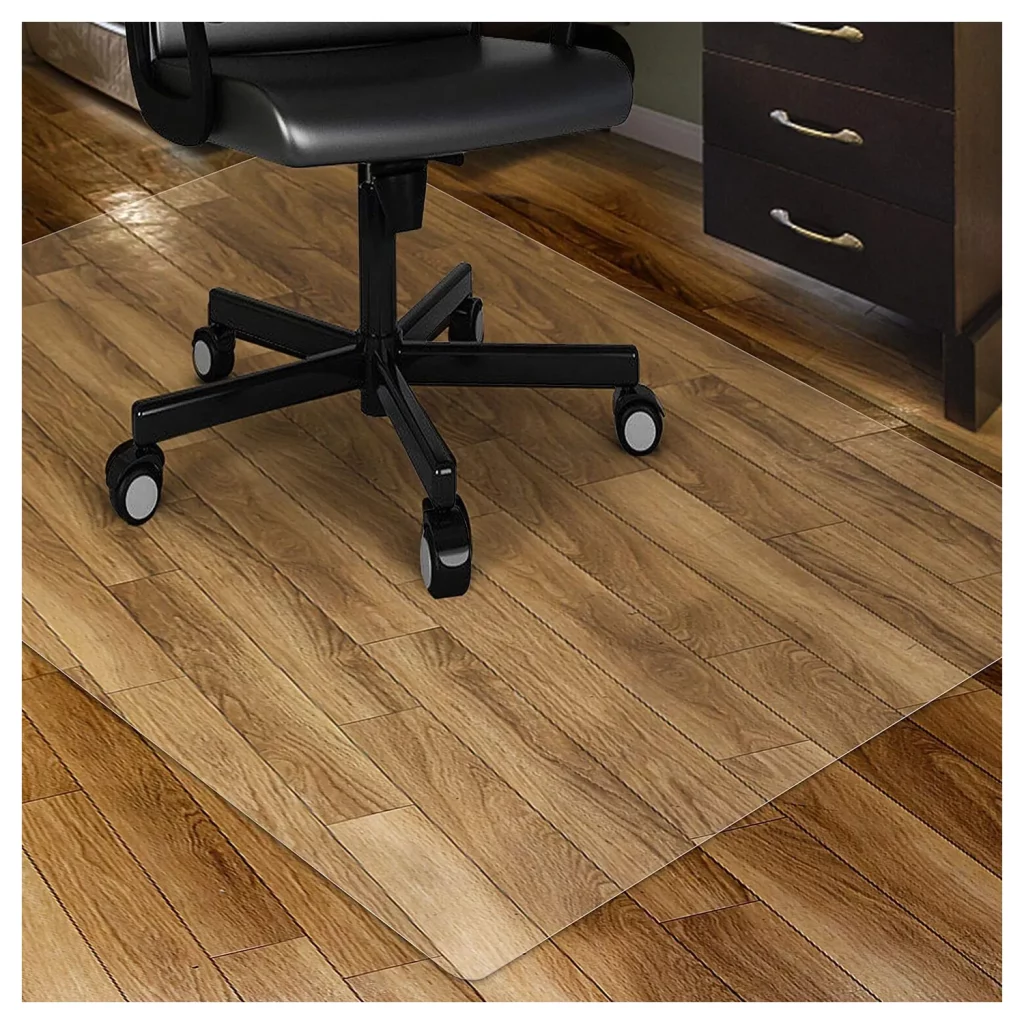
Frequently Asked Questions
Do I Really Need a Chair Mat?
Yes, a chair mat protects your flooring and makes movement easier, enhancing both the lifespan of your floor and your comfort.
Can I Use a Hard Floor Mat on Carpet?
No, hard floor mats lack the cleated backing needed to grip carpet and may cause slipping or premature wear.
What Thickness Should I Choose?
The thickness depends on your carpet type. Thicker carpets require thicker mats to prevent cracking and ensure stability.
Are Glass Chair Mats Safe?
Yes, when made of tempered glass with polished edges and anti-slip pads, glass chair mats are both safe and durable.
Where Can I Find High-Quality Chair Mats?
Explore our Chair Mats for a variety of options suitable for different floors and office setups.
Conclusion
Selecting the right chair mat involves considering your floor type, desired mat size and shape, material preferences, and workplace needs. By understanding the key factors and options available, you can choose a mat that not only protects your floor but also enhances your workspace’s functionality and aesthetics.
Remember, a well-chosen chair mat is an investment in comfort and floor preservation, making your daily work routine smoother and more enjoyable.
Key Takeaways
- Match Mat to Floor Type: Use cleated mats for carpets and smooth-backed mats for hard floors.
- Consider Thickness: Thicker mats are better for high-pile carpets; thinner mats suit low-pile carpets and hard floors.
- Choose the Right Material: Balance durability, cost, and appearance when selecting materials like polycarbonate, PVC, or glass.
- Select Appropriate Size and Shape: Ensure the mat fits your workspace and accommodates your movement.
- Maintenance Matters: Regular cleaning and care extend the life of your chair mat.
- Glass Mats Offer Durability: Though pricier, they provide longevity and a sleek look.
- Proper Placement Is Key: Install your mat correctly to prevent damage and ensure safety.
- Invest in Quality: A good chair mat enhances ergonomics and protects your flooring investment.
Enhance your office experience with durable and stylish flooring solutions. Check out our High-Quality Anti-Slip PVC Floor Rolls for additional options to protect and beautify your workspace.
By choosing the best chair mat for your needs, you’re taking a proactive step toward a more comfortable and efficient work environment. Happy working!

